#shell shock
Text
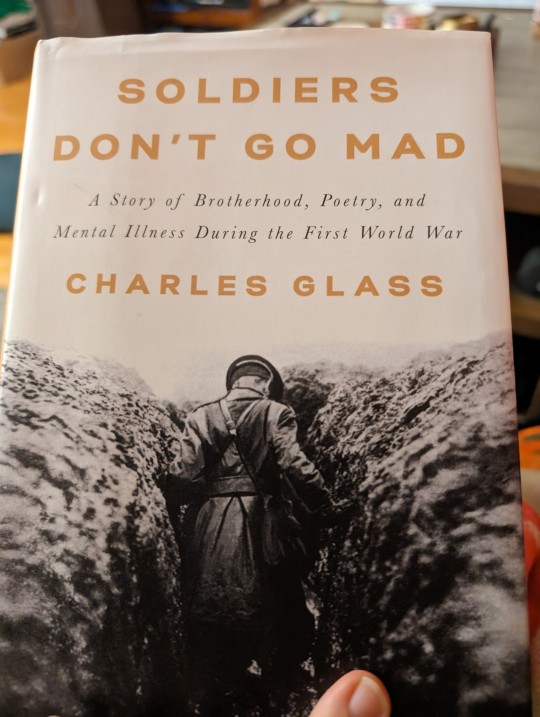

#currently reading#bookworm#world war 1#wwi#ww1#wilfred owen#siegfried sassoon#hey look! a dead gay poet with complicated feelings about nationalism!#books#the great war#ptsd#shell shock#combat ptsd
79 notes
·
View notes
Text
dob: it was one of those situations where we had to leave because there were lots of witnesses.
dob: to crimes that we had committed.
corazon: that we were tangentially involved in!
#a terrible lift accident#i wonder if egbert's worked out how much of a massive crim every member of the guild is by now#dob#corazon de ballena#oxventure#outsidextra#outsidexbox#oxboxtra#shell shock#are queue working bard or bardly working?
34 notes
·
View notes
Text
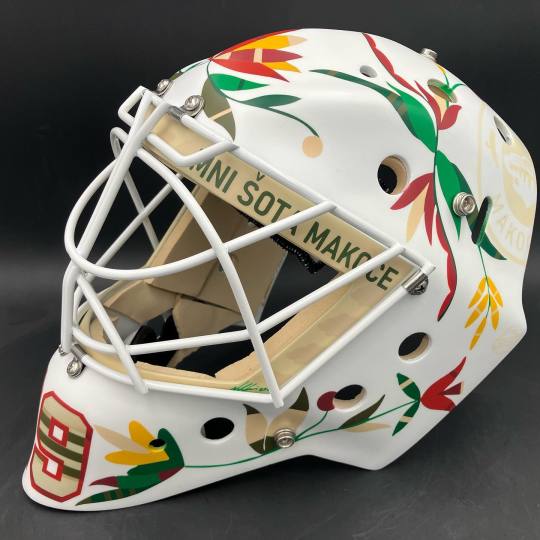
Marc Andre Fleury | Cole Redhorse Taylor | Shell Shock
40 notes
·
View notes
Text
TMNT Turtle Tots
The scene in the movie inspired me to recreate it and add a touch of my own style. I hope you guys enjoy it!
The scene in the movie inspired me to recreate it and add a touch of my own style. I hope you guys enjoy it!

View On WordPress
#adrian nicita#donatello#leonardo#michelangelo#mikey#movie#mutant mayhem#mutant mayhem movie#ninja turtles#Raphael#shell shock#shell shocked studio#shellshock#shellshockedstudio#teenage mutant ninja turtles#tmnt#turtle tots
27 notes
·
View notes
Text


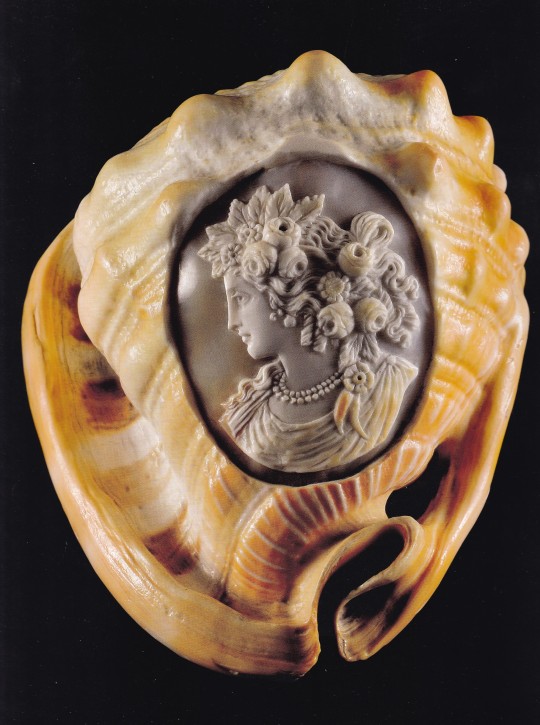
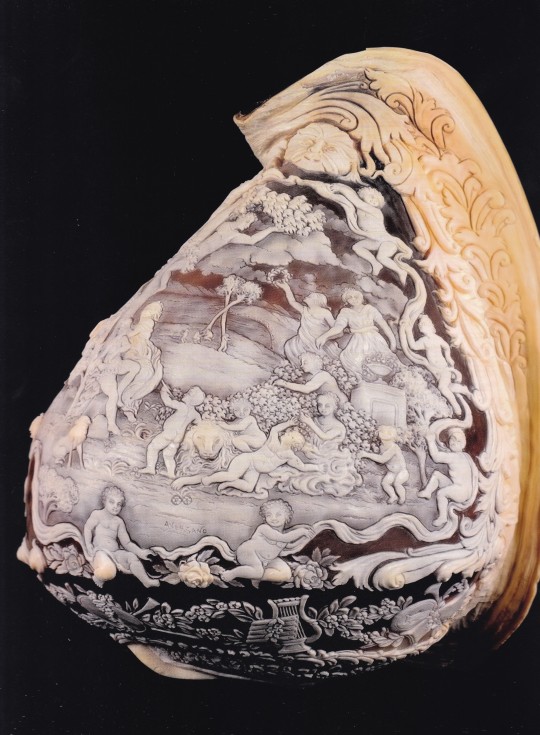
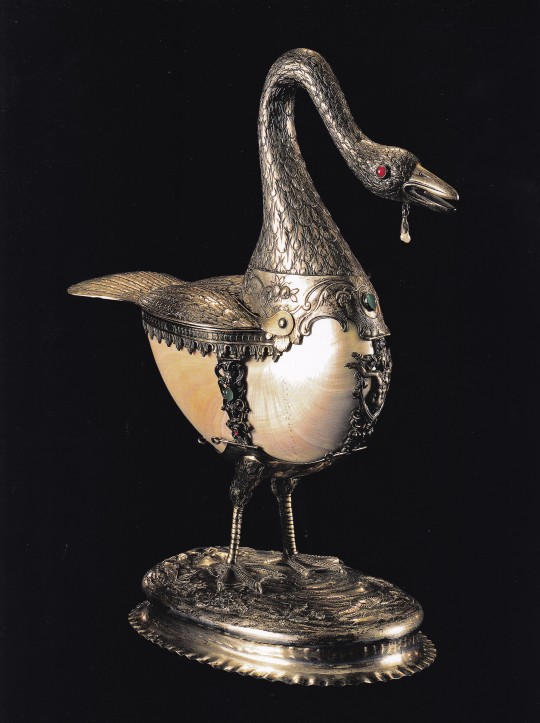





Shell Shock
Paola Priori Koelliker Collection
Paola Priori, s.i.d., 143 pages, 30x30cm, Black box includes, custodia in tela nera
euro 220,00
email if you want to buy [email protected]
This book tells the story of a geat passion : seashells. My love for such marvels of nature became, as time went by, a fascinating and unlimited research not only of basic seashells but all objects having them as a common theme. This is how my collection starts. Nature and artistic flair merge in a marvelling and astonishing harmony and each object, even the most humble, gives testimony of this magic alchemy. I have intentionally missed out long historical data, as I preferred that the images could astonish giving you emotions and feeling that have accompanied me in all these years of research and discovery of these little and great marvels.
Cameos, Meda Lions, Nautulis, Via Crucis, Globes, European Mother of Pearl, New Caledonia, Sacred Chank, Rare Objects
#Shell Shock#very rare books#Paola Priori Collection#Cameos#seashells#conchiglie#photography books#fashionbooksmilano
14 notes
·
View notes
Audio
Title: 信じてくれ偶像 (Believe in Me, Idol)
Arrangement: DJ Command
Vocals: 越田Rute隆人
Album: Shell Shock
Circle: A-One
Original: Entrust the World to Idols ~ Idolatrize World
#touhou#touhou project#touhou music#keiki haniyasushin#entrust the world to idols ~ idolatrize world#wily beast and weakest creature#shell shock#a-one#a one#rute#越田Rute隆人#DJ Command
25 notes
·
View notes
Text
Manowar - Shell Shock
#Manowar#Battle Hymns#Shell Shock#Release date:#August 1982#Full-length#Genre:#Heavy/Power Metal#hemes:#Inner strength#Revenge#Dark fantasy#War#Honour#Norse mythology#Heavy Metal#USA
12 notes
·
View notes
Text
Mrs. Dalloway captures the sense of rupture caused by a catastrophic war
Beneath the seemingly mundane surface of a single day in London, Virginia Woolf's Mrs. Dalloway paints a haunting portrait of a society fractured by the trauma of World War I. The novel's exploration of this rupture goes beyond explicit references to the battlefields, weaving the threads of displacement and fragmentation into the very fabric of its narrative.
One of the most potent tools Woolf employs is the fragmented narrative structure. The novel leaps between the consciousnesses of various characters, creating a kaleidoscope of thoughts and experiences. This fractured form mirrors the shattered state of post-war society, where traditional structures and expectations lie in ruins, leaving individuals adrift in a world that no longer feels familiar or coherent. Clarissa Dalloway, the novel's central figure, embodies this internal fragmentation. Haunted by the ghosts of a lost past and grappling with the hollowness of her present, her stream-of-consciousness reveals a mind struggling to find meaning in a world irrevocably altered by the war.
The novel's temporal tapestry further underscores the sense of rupture. Flashbacks and shifts in consciousness disrupt the chronological flow of time, creating a feeling of disjointedness and dislocation. This temporal disorientation echoes the profound loss of continuity experienced by those who lived through the war – a past that haunts the present and casts a long shadow on the future.
The contrasting perspectives of the characters further highlight the social ruptures caused by the war. Clarissa, clinging to pre-war values and traditions, represents the privileged upper class desperately trying to maintain a semblance of normalcy. Septimus Warren Smith, a shell-shocked veteran, embodies the trauma and disillusionment borne by those who witnessed the horrors firsthand. This stark juxtaposition reveals the chasm that now separates different segments of society, a consequence of the war's devastating impact.
Woolf's masterful use of the stream-of-consciousness technique allows readers to delve into the characters' raw and unfiltered emotions. Their internal monologues, chaotic and fragmented, mirror the psychological fractures caused by the war. Clarissa's anxieties, Septimus's paranoia – these intimate glimpses into their minds reveal the profound emotional ruptures that lie beneath the surface of everyday life.
Through its fragmented form, disjointed timeline, and contrasting perspectives, Mrs. Dalloway delivers a powerful and multifaceted portrait of a society grappling with the aftermath of a catastrophic event. The novel's exploration of rupture is not merely a historical artifact; it resonates deeply with our own fragmented times, reminding us of the enduring consequences of trauma and the ongoing struggle to find meaning in a world forever changed.
#tumbler of misc whisperings#areadersuncertaintyprinciple#mrs dalloway#virginia woolf#woolf works#stream of consciousness#septimus warren smith#shell shock#world war 1#novel analysis
6 notes
·
View notes
Text
What is Shell Shock?
Content Warning
This is a more seriously written piece by this blog, as a reminder that I also run a small history buff blog, and am a person myself who has PTSD, and grew up around both a combination of war veterans and others with PTSD. I cannot repeat that this is a more serious post by my blog.
This post will contain graphic description, images and links to potentially graphic imagery, talks of historical ableism, war, and extreme variants of PTSD & related phenomena. I will also go in heavy detail about the historical and modern day disregards for men's health, suicide, and sexism against men
Shell-Shock was both a psychological and physical phenomena, which its term was coined during WW1, that is now more so synonymously used with PTSD despite technically being different.
To fully understand what shell-shock was, it is important to acknowledge the lack of understanding and compassion towards the disabled and mentally changed that persisted throughout history. It is also important to acknowledge that despite the phenomena being finally noted during WW1 it has existed since ancient times, and even been mentioned so under many different names.
Shell-shock became the men's hysteria of war. The terminology was created by British soldiers fighting in WW1.
Images of Soldiers Throughout History Experiencing Shell Shock

British Soldier WW1
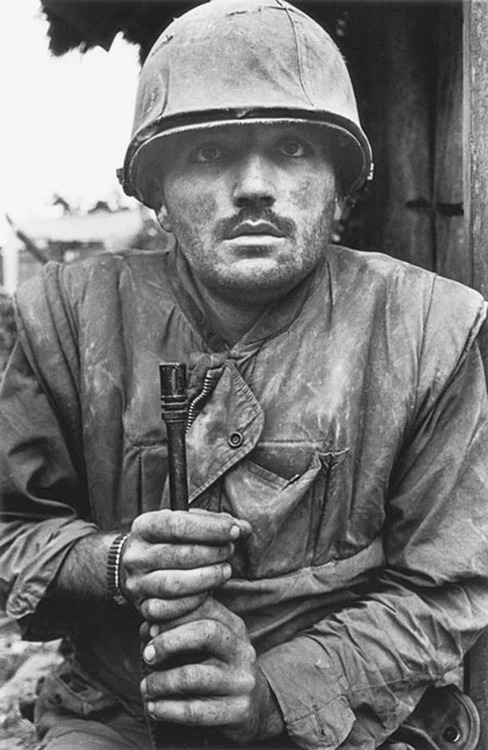
American Soldier during Vietnam/United States War

Canadian Soldier during WW2

German Soldiers during WW2
Description + Effects
Anything along these lines was Shell Shock
Panic Attacks
Adrenaline Surges
Inability to Walk
Inability to Talk
Selective Mutism
Hysteria
Paralysis
Fear
Inability to Sleep
Fight, Flight, Fawn, Freeze
Hypersensitivity
Amnesia
Lack of Self Control
Nightmares
Anything related to traumatic or PTSD responses
And many more
What is it today?
We mostly know today Shell Shock as PTSD, since many of it's documentation and history would show it to be so. However Shell Shock isn't just PTSD, it can also be...
Brain Injury
CSR (Combat Stress Reaction)
Selective Mutism
Conversion Disorders
Dissociative Fugue
Major Stress Responses
Other English Names
Soldier's Heart
Combat Fatigue
War Neurosis
Male Hysteria
Two-Thousand Mile Stare
"If Followed Them Home"
During WW1 the phenomena seemingly took the world by storm out of nowhere. Something was infecting the men in combat, and was infecting them quickly. Shell Shock was coined, and at the time no one truly understood or knew the cause. Everyone understood that it's existence was real, and that something through war caused it, but from there everyone was at a lost.
One popular belief of the time was that the brutality of new age weapons, such as artillery was to blame, hence the name Shell [Artillery Ammunition]- Shock [Shocking/Surprise].
However the views about became even more confusing, but not any more lenient or fair, when the soldiers came home, and with them shell shock followed. And no matter what anyone did, it never fully left them.
Wives and families were frightened by the men they knew. The men who were now leaping out of bed in the night, screaming bloody murder uncontrollably, freezing up into poses of terror, with not a move able to stop them.
Hospitals filled with men unable to speak, or walk. This plague of PTSD and other traumatic caused disorders helped us gain much of our understanding today on how what this was/is, and how to deal with it. Unfortunately that would be a long time...
Cowardice, Invalids, Hysteria
What happened to soldiers who experienced shell shock during combat, back in their reserves, even when they returned home. Well... nothing good.
Those who were suddenly struck by shell shock were viewed as cowards, effeminate men taken by a the feminine disorder of hysteria, infected men who were contributing to a growing pool of disabled invalids. These men were expected to recover themselves, snap out it, and continue the duty of war. Shell shock was no excuse for deserting, betrayal, and inaction. Not of all these thoughts were mutual, especially among soldiers, as many who had witnessed the horrors and were beginning to develop PTSD themselves understood where the notions of shell shock were coming from.
At the time becoming disabled was wasting all the potential and respect you deserved in society. Hysteria was a term overall used at the time to describe most disorders or psychological reactions, and those experiencing it often went through brutal unhelpful treatment. The disabled were viewed to be below the abled, no matter how much of the "normal" they retained.
For men to act this way?! It was outrageous to the people of the time, and continued to be for a long time...
Men
As much today as we press for the matters unique to many gender identities, we often to forget that despite men having an upper hand in most notions, their cards still aren't completely fair. The problem isn't fully lying in masculinity, but instead what we as a society view to be the proper masculine way and how masculine peoples should achieve that.
Historically it was viewed effeminate to experience many types of mental illnesses, or responses, and this included shell shock. Men were expected to be stoic, and unresponsive to such things, because of this the treatment and plans to prevent soldiers in and out of battle from crumbling to it were often heinous. This included forceful return or encouragement to go back to the frontlines, execution for desertion, and more.
It wasn't unusual for soldiers to commit suicide during battle, and after returning home. Toxic ideals of masculinity, mixed with Abrahamic ideals on suicide, shunned these men for their actions after death. On the side of the west veterans were hailed as heroes, until nearing the late fifties, were the tones began to shift. In the 60s era of the United States, veterans began to be viewed poorly, and a fight for their benefits needed to begin.
The problem itself isn't within masculinity. Without masculinity there would be a lot of importance and good lost. Instead it is what we promote as important and tie to masculinity. Masculinity is important to all those who represent in one way or another, it is fathers abiding for their families in masculine roles, it is in much of the history of mlm, it is men healing their self esteem through athleticism, it is transmen appealing as masculine as possible to fight back that dysphoria.
To this day men's mental health isn't taken seriously. Breaking everything down to the nitty-gritty in statistics, the demographic that commits suicide the most is cisgender heterosexual Caucasian men. In 2020 alone in the United States 69.68% of suicides where white men.
There is a growing mental health crisis for everyone, but we cannot ignore that there is a significant problem in men's mental health. It is effeminate, non-masculine, to ask for help. We as a society need to make asking for help, seeking medical aid, and working on one's mental health as something not related to gender identity at all.
Thank you for somehow reading this long ass post!
Videos
Historical archive footage of soldiers with shell shock
youtube
This video is really interesting, well researched, but sad
youtube
Suicide Statistic from American Foundation of Suicide Prevention
#war history#shell shock#ptsd#cw ptsd#cw ableism#historical ableism#cw war#cw graphic imagery#cw violence#history#ww1#men's history#cw suicide
11 notes
·
View notes
Text
#children in need#tw childhood trauma#mental health#shell shock#mean girls#911 abc#st patricks day#socialism#america is evil#free israel#stop israel#israel is a criminal state#indigenous issues#palestine israel conflict#death to israel#i stand with israel#war is a racket#fuck israel#protection racket#israeli apartheid#pro israel#boycott coca cola#boycott the oscars#boycott israel#isreal#israel#israhell#israël#isnotreal#isnotrael
2 notes
·
View notes
Text
Dob is the ideal customer: extremely kind, always brings/leads to a good story, fiercely protective of npcs, and tips an insane amount
#dob the half orc bard#luke westaway#oxventure#shell shock#I’ve just started this episode#so opinion may change
12 notes
·
View notes
Photo


From Shell Shock, Laugh Comics #160 (1964).
#bughead#jughead jones#betty cooper#archie andrews#veronica lodge#reggie mantle#old comics#digest comics#laugh comics#bughead high school#bughead streets#bughead scheming#shell shock
32 notes
·
View notes
Text
johnny: he has a wisdom modifier of -1
egbert: BROTHERS!!!
#your HONOUR#i LOVE HIM#fr though mike makes the most endearing characters#like how does fucking Brad from the dread one shot still occupy a gay little space in my heart#egbert#johnny chiodini#outsidexbox#oxbox#oxventure#shell shock#are queue working bard or bardly working?
28 notes
·
View notes
Text
"Minds the Dead Have Ravished"
2018
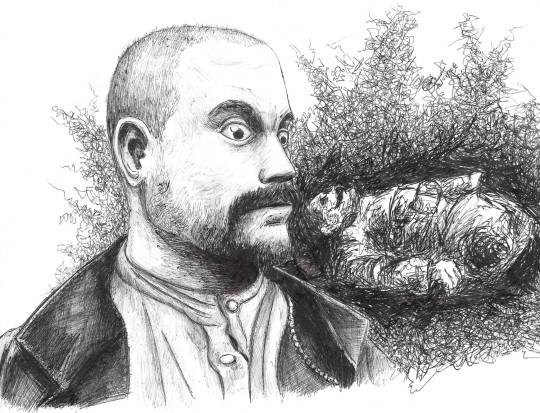

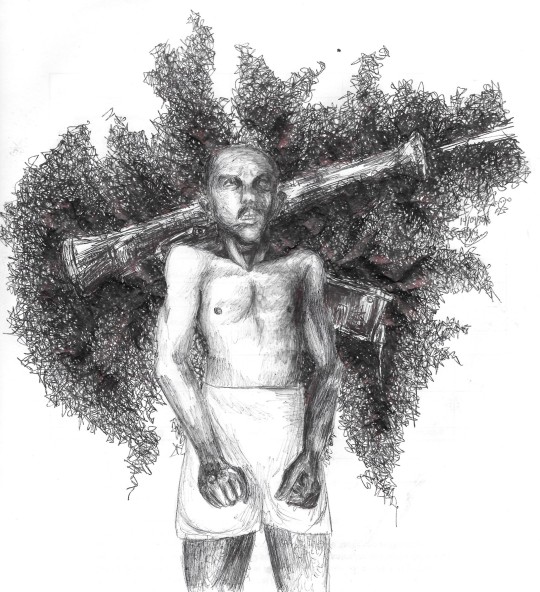



These are men whose minds the Dead have ravished.
Memory fingers in their hair of murders,
Multitudinous murders they once witnessed.
-"Mental Cases", by Wilfred Owen
I did this series inspired by shell shocked soldiers of the First World War back in 2018, in time for the 100th anniversary of the armistice. Let us all strive to live in a world free of the ravages of imperialism and war.
#first world war#ww1#history#shell shock#ptsd#anti war#portrait#ballpointpen#art#artists on tumblr#mexican artist#autistic artist#dartxo
2 notes
·
View notes
Text
Raphael Tales of the TMNT
Quick Sketch of Raphael from the upcoming Tales of the Teenage Mutant Ninja Turtles animated series.
May have to do the other 3 turtles

View On WordPress
#adrian nicita#art#fanart#inktober#last ronin#leonardo#ninja turtles#Raphael#shell shock#shell shocked#shell shocked art#shell shocked studio#shellshockedstudio#teenage mutant ninja turtles#tmnt#turtletober
6 notes
·
View notes
Text
Two of the Great War’s most brutally honest poets, Siegfried Sassoon and Wilfred Owen, met at Craiglockhart, a hospital for officers suffering shellshock, where pioneering psychiatric treatment, The Talking Cure, was being practiced. Wilfred Owen was mightily impressed and affected by Sassoon's writing, describing Shakespeare as 'vapid' by comparison.
Sassoon had been admitted following the publication of his Soldier’s Declaration which questioned the reasons for the the war and the motivation of those behind it.
It was a tricky situation for the military hierarchy, as Sassoon was a courageous, humane and talented officer who had been awarded the Military Cross for 'conspicuous gallantry during a raid on the enemy's trenches', and that, 'owing to his courage and determination, all the killed and wounded were brought in'. The solution, according to Great War historian Professor Jay Winter, was to make it clear that anyone who questioned the war in such a fashion, was clearly mentally ill themselves.
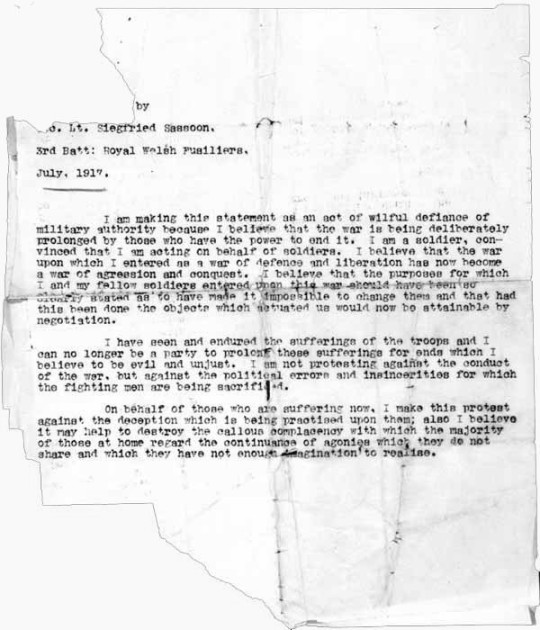
Both officers returned to the Western Front following their time at Craiglockhart. Wilfred Owen was killed just one week before the Armistice, aged 25, while Siegfried Sassoon survived the war, and died in 1967.
This brief clip is sampled from a 1996 documentary series by the BBC and Imperial War Museum, narrated by Judi Dench. Wilfred Owen was voiced by Ralph Fiennes, Siegfried Sassoon by Jeremy Irons.
23 notes
·
View notes